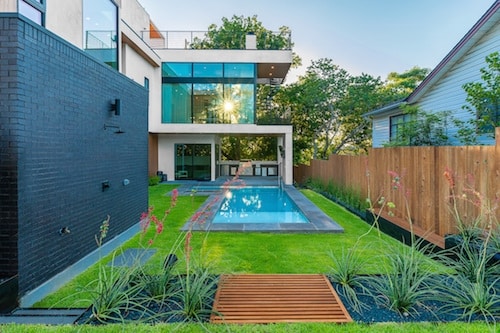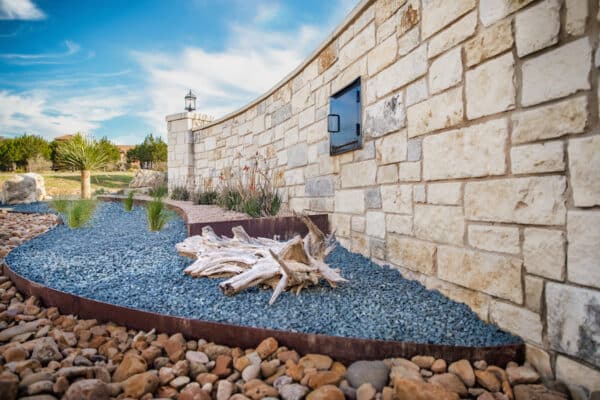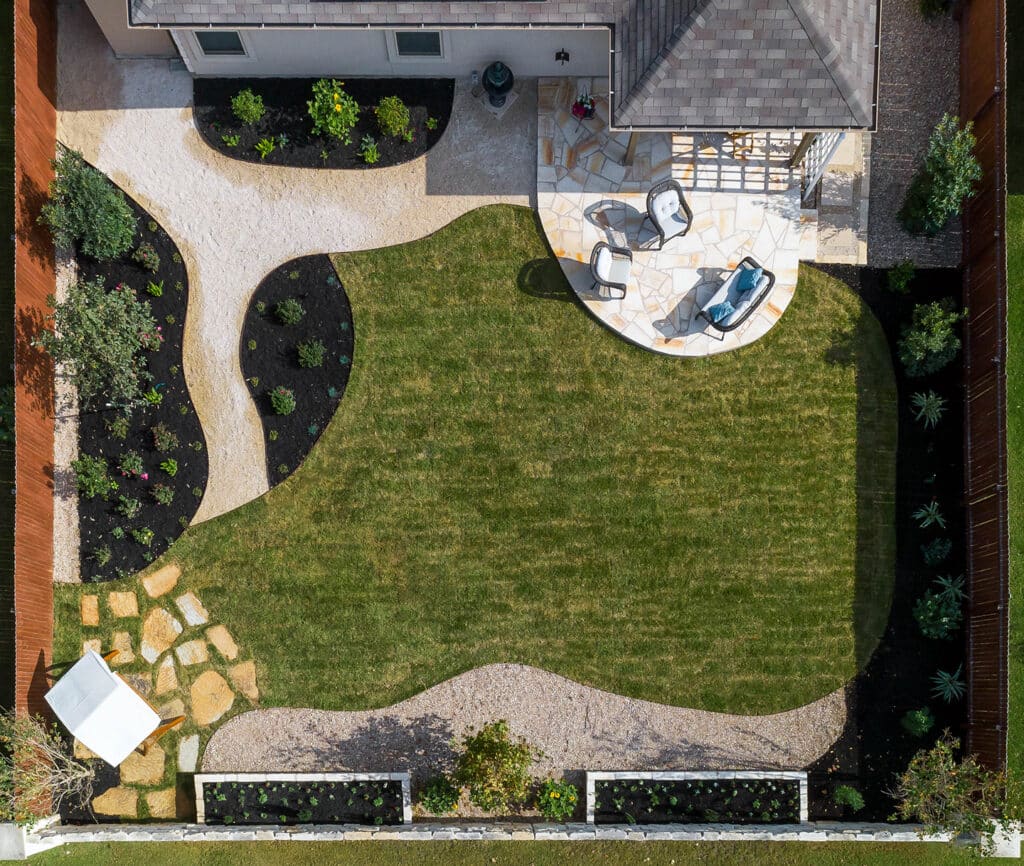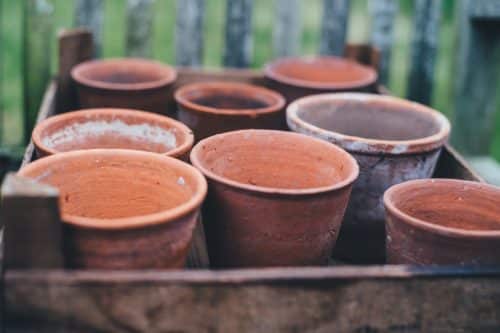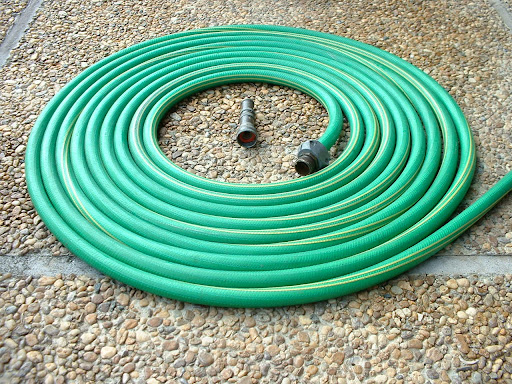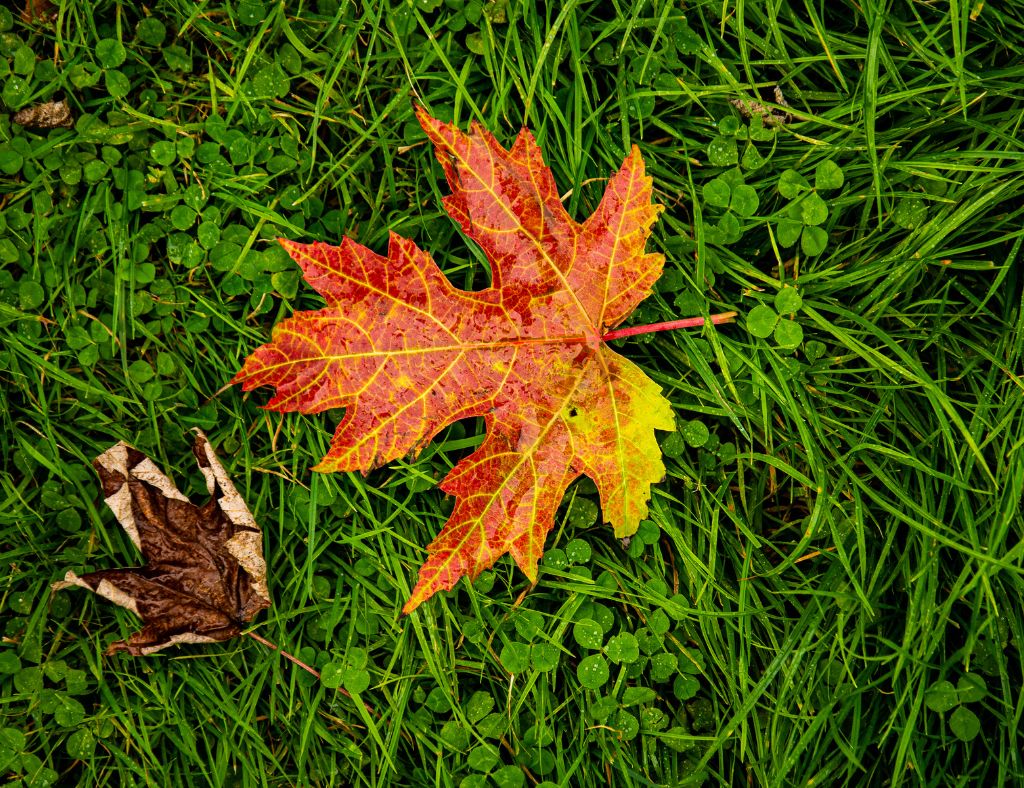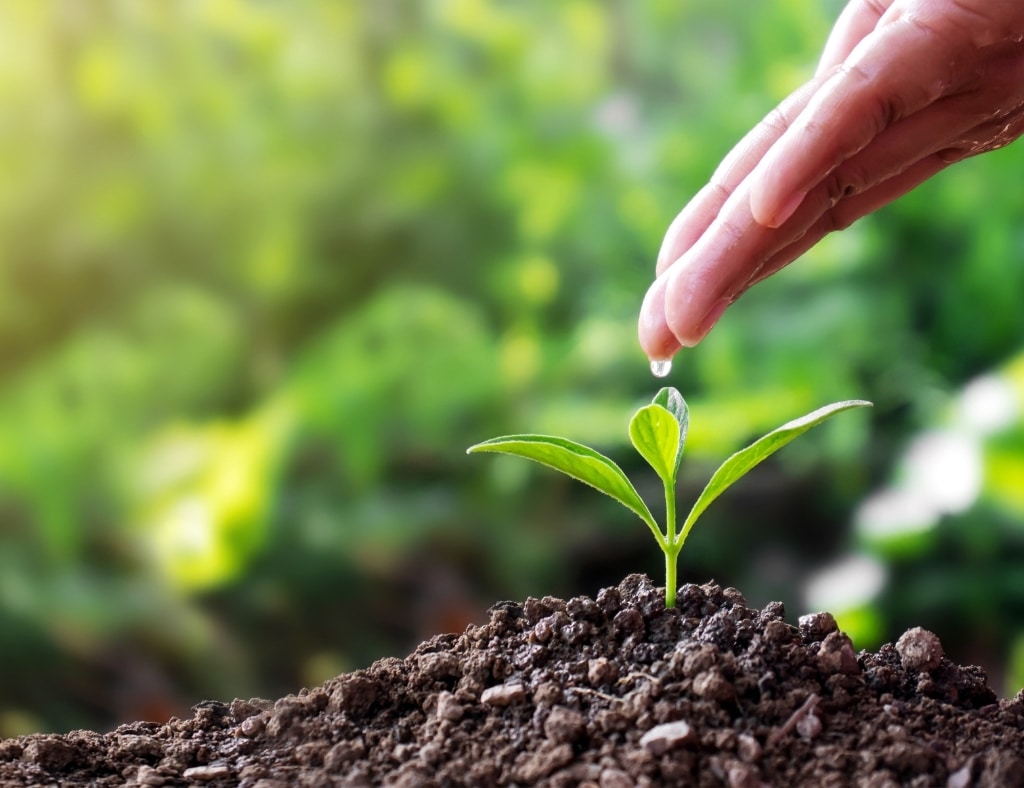
Landscaping for New Homeowners: The Benefits of Professional Landscape Design and Construction in Texas
Getting professional landscape design and construction in Texas is often the best option to help you make the right choices for your property and to meet the needs of your lifestyle. Moving into a new home is an exciting experience, and customizing the landscape design to fit your family’s needs and style is one of the most enjoyable parts of the process. But any Texan can tell you there are a few things you should know and options to consider when building a new home and installing landscaping in Texas – like the occasional rock; indigenous, water-friendly plants; and outdoor living options, because we can! With an abundance of natural elements to work around or integrate, and a variety of options on the table, hiring a professional crew ensures your design is made to last.
A Finished Look
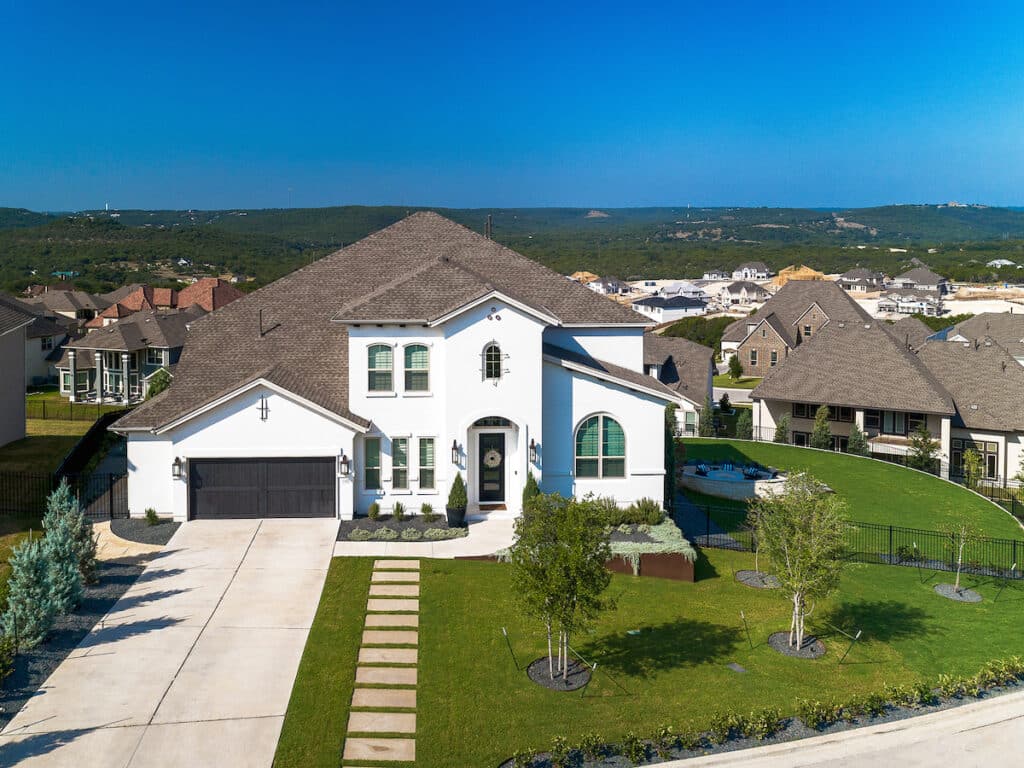
- Dog-friendly
- Kid zones
- Training areas
- Host of the party
- Outdoor kitchens
- Golf greens
- Poolside landscaping
- Zen and meditation gardens
- Outdoor workspaces

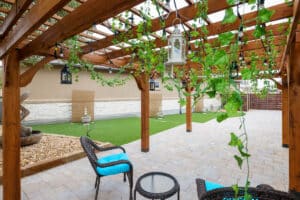
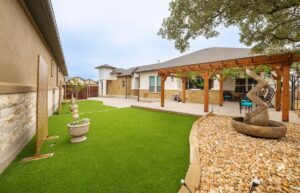
Functional Designs
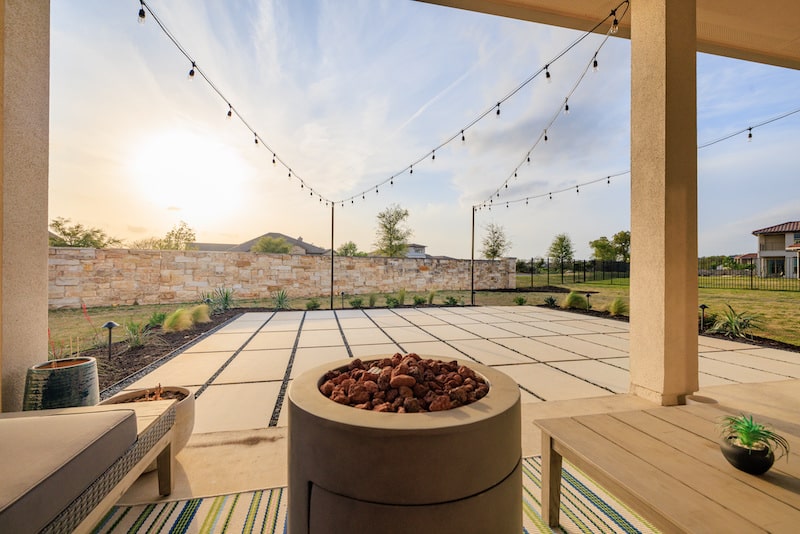
Landscape Design And Construction in Texas
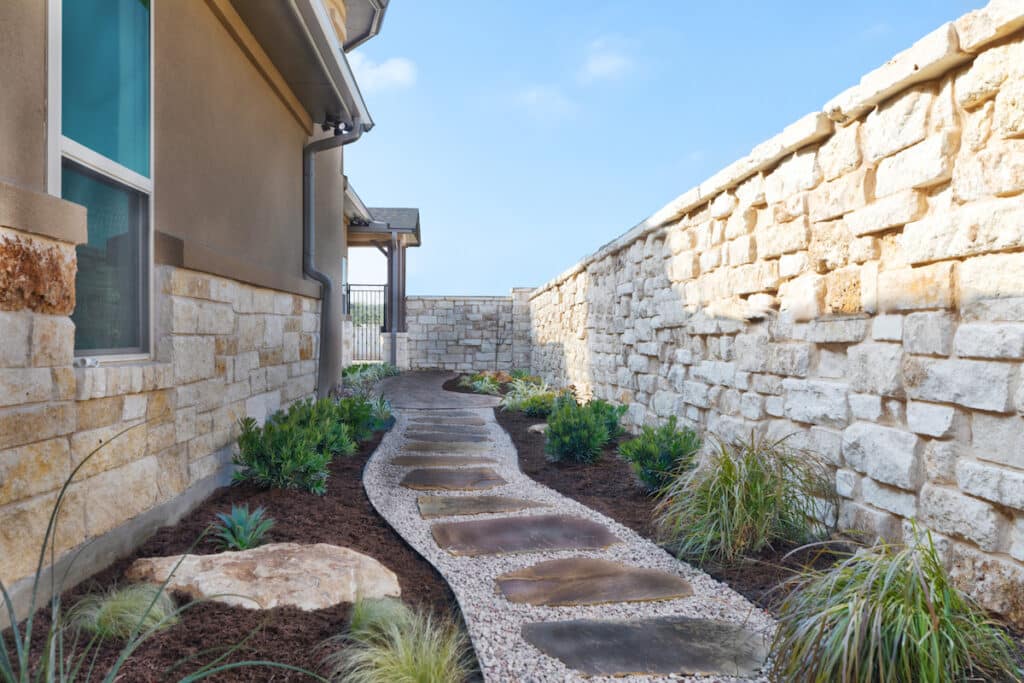
If you’ve recently moved to a new home and need professional landscape design and construction in Texas, look no further. Our team of experts can help you create a custom landscape design that is personalized to your needs, functional, and beautiful. From outdoor living spaces to hardscape features, irrigation, landscape lighting, and construction crews, we can help you create the outdoor living space of your dreams. Contact us today to learn more about our landscape design and build services.
Follow us for more landscape design inspiration on Instagram.
Serving Austin and its greater areas including Leander, Liberty Hill, Georgetown, Cedar Park, Round Rock, Pflugerville, Lago Vista, Lakeway, Marble Falls, Burnet, and Salado, Texas




